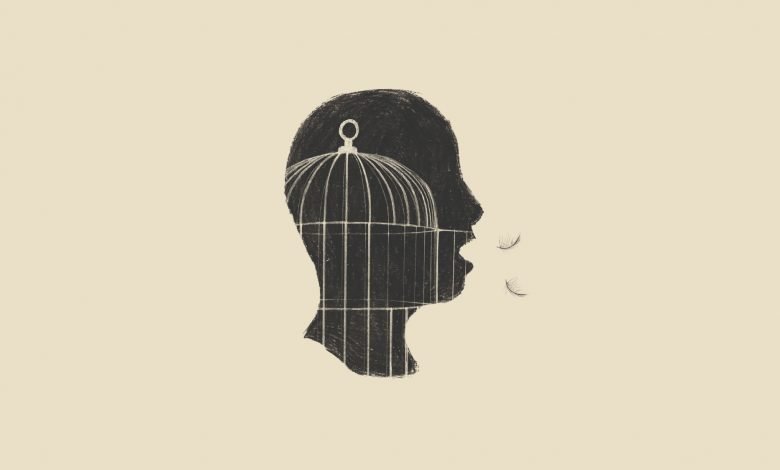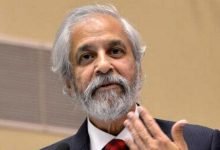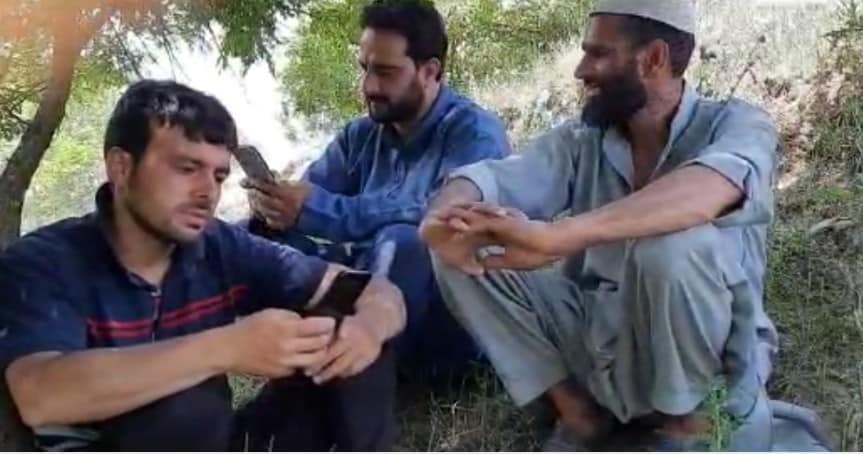From “Free” to “Partly Free” – The Story of Decline in Democracy in the World’s Largest Democracy

According to senior journalists from the Northeast region, media persons face multiple challenges, including lack of insurance and the threat of violence, while reporting from the conflict areas of Northeastern states.
In September, Kishorechandra Wangkhem, a journalist based in Imphal was arrested under a fresh charge of sedition for responding to a viral social media post made by the wife of a high profile BJP politician of Manipur. He has been facing the BJP-led government’s ire ever since he criticised Prime Minister Narendra Modi, the RSS and state chief minister N. Biren Singh on social media in 2018. He has been in and out of jail on charges of sedition and under the draconian National Security Act (NSA). In April 2019, the Manipur high court quashed the charges against the journalist and released him from jail.
The National Capital has been no safe place for journalists and has been attacked by both the police as well as non-state actors, including communal mobs. Earlier this year during anti-Muslim violence in North East district, several journalists were attacked, beaten and intimidated. Moreover, in August, three journalists of the Caravan magazine were assaulted, subjected to communal slurs, threatened with murder and sexually harassed by locals during reporting in the same district. In October, Delhi Police assaulted another staffer of the magazine while he was reporting in north Delhi. In May, the Delhi Police sent a notice to Mahender Singh Manral, special correspondent of The Indian Express, who had reported that police investigations found the possibility of an audio clip of Tablighi Jamaat leader, Maulana Saad, having been doctored.
One can cite dozens of cases from other states like Gujarat, Bihar, Jharkhand, Madhya Pradesh, Kerala, Andaman and Nicobar Islands, Arunachal Pradesh, Andhra Pradesh, Karnataka, Nagaland and Telangana, etc as there is there is hardly any state or UT, in which journalists and press freedom have not been under attack.
In short, as noted in the introduction of the report by Free Speech Collective, “The year 2020 has been a bad one for journalists in India. The COVID-19 pandemic has caused illness and death, and the lockdown resulted in salary cuts and loss of livelihood due to mass retrenchments effected by media houses. The killing and attacks on journalists have continued unabated. While self-censorship within the media remained an open secret, the government sought to increase regulation of the media, with media policies, funding and administrative mechanisms for online media.”
What was even more striking is that as per a report by The Wire, the Press Council had been selective in upholding the rights of the journalists and ensuring they are not targeted. In instances, it did not bother to fulfil its mandate. For example, the PCI swiftly intervened in the matter of the alleged attack on TV anchor Arnab Goswami but remained silent over the issue of police filing FIRs against three journalists in Kashmir and invoking charges under the draconian Unlawful Activities (Prevention) Act (UAPA).
The selectivity and inaction of the Press Council is also evident from the fact that out of 55 cases documented by the Rights and Risks Analysis Group, it intervened only in four.
Digpu Bottomline
The most noteworthy of these facts is that a complete internet shutdown was imposed in Jammu and Kashmir for a whopping 5 months, followed by restoration of archaic 2G services for more than a year. Though about a month ago, high-speed data services were completely restored in the region, one’s mind questions whether the title of the largest Democracy in the world and an 18th month-long high-speed internet shutdown can go hand in hand?



